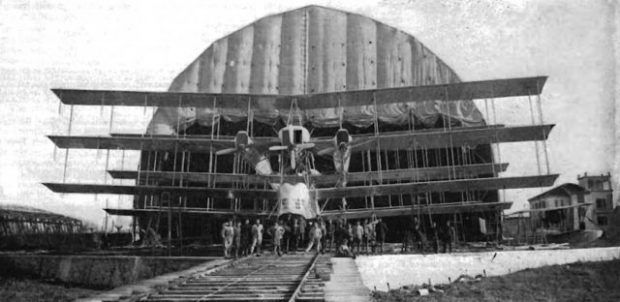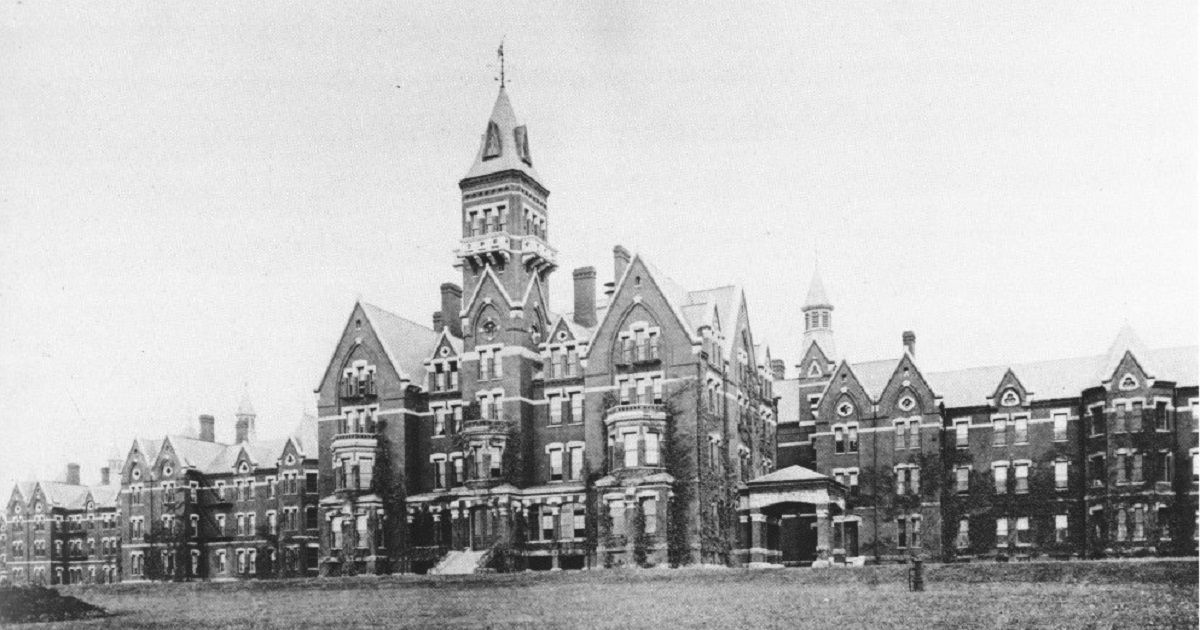Advertisement
This Is One of the Strangest Planes You Have Ever Seen
By David Clarke
Advertisement - Continue reading below
As much as we often take it for granted, large capacity aircraft that were also capable of long journeys haven’t been around very long. While we can take a flight across the ocean that only takes a few hours, it hasn’t always been that easy.
The first ever controlled flight by an aircraft was in 1903 by the Wright Brothers. This was absolutely massive at the time and had huge implications for the future of air travel. Only a few years later, Italian aircraft and electrical engineer Giovanni Battista Caproni made the statement that aircraft (with the capacity for over 100 people) would soon be a reality.
Of course, we now know that to be true, but people at the time were fairly skeptical. For Caproni, he took it on himself to make it a reality. However, it would take until after the first World War for Caproni to put his plans for a giant passenger plane into motion. He filed a patent for it in 1919, and soon, he would get to work.

His idea for a giant multi-engined flying boat was criticized heavily at the time, but Caproni didn’t listen to the doubters. He thought that an aircraft like his patented idea could make international travel and travel to remote areas much quicker than the typical ground and water transport of the time.
And while many thought he would just make additions to existing military warcraft, that was not the case. Caproni wanted to create a whole new type of airline with increased range and payload capacity. And he did, and it was called the Transaereo (also known as the Caproni Ca.60).
This boat was a giant hull that had three sets of suspended wings. The wingspan of the plane was 98 feet and the fuselage was 77 feet long. It weighed 30,000 pounds completely empty and could take off at a weight of nearly 60,000 pounds.
The aircraft was powered by eight V12 engines, capable of about 400 horsepower each, which were the strongest of the time. The passengers would sit in an enclosed area with wide windows and were supposed to sit in pairs of wooden seats that faced one another.
The aircraft was first taken out of its hangar in 1921. After several delays, the aircraft carrier finally made it into the water on February 9. It took off from the water and taxied smoothly along the surface.

The second flight didn’t go so well. After accelerating to approximately 65 MPH, the plane started climbing and quickly landed back in the water causing some damage to the plane, but everyone on board survived.
However, the plane was no longer able to be flown. What remains of the plane now has remained in good condition in museums for years.
Without this invention and all the hard work put in by Caproni and his team, who knows how planes would look and run in the modern day.
Advertisement - Continue reading below












